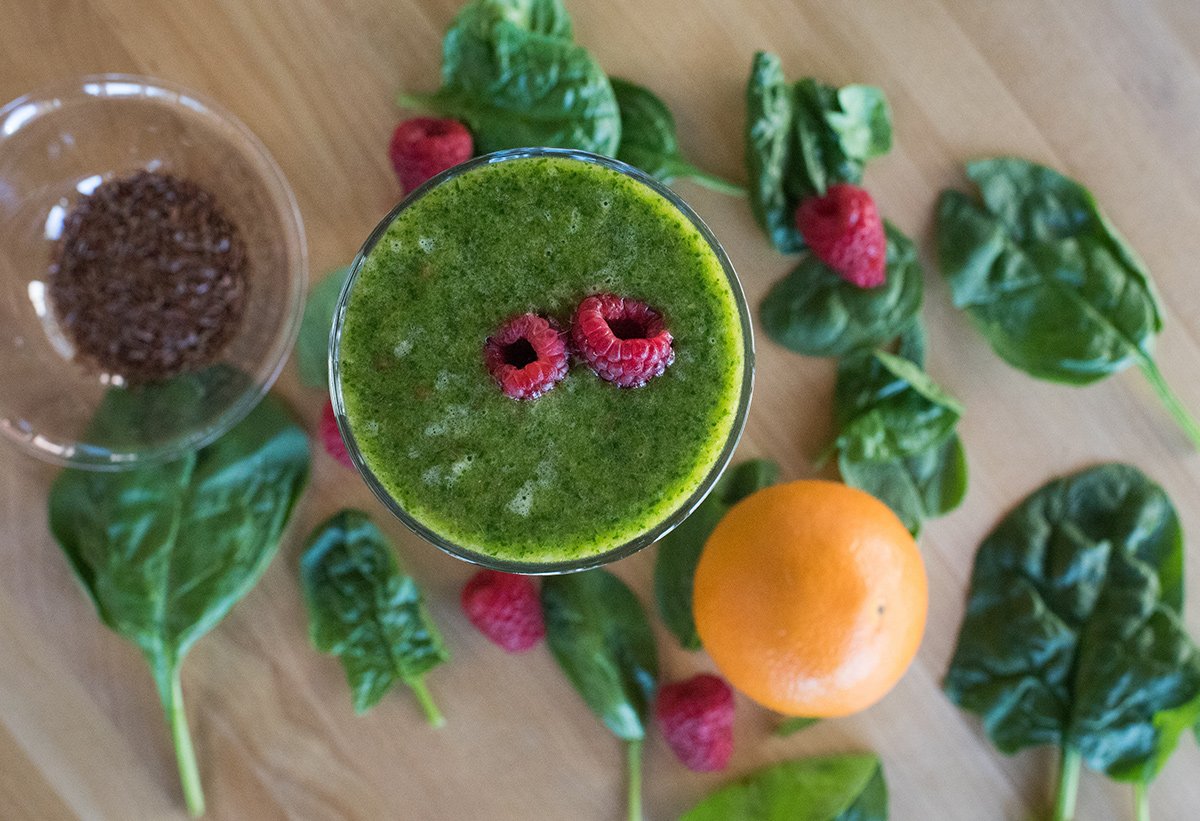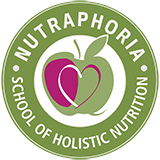5 Easy Ways to Boost Your Nutrient Intake
Sometimes – or, for some of us, most of the time – it’s all we can do to remember to grab a bottle of water as we race out the door in the morning, part of us hoping there is enough traffic to give us time to apply lipstick in the car and part of us hoping there is no traffic at all so we won’t be late for work. We don’t have time to think about breakfast, let alone make it, so we grab a coffee and bacon-and-egg sandwich on the way. By early afternoon, we are crashing. Thinking regrettably about our greasy start to the day, we figure we’ve already blown it, so we might as well eat whatever will satisfy us and keep us going, and start the diet tomorrow.
In the merciless hustle of life, we think, by stopping for fast food, that we are making our lives easier, when in fact we are setting ourselves up for a hazy, unproductive roller coaster of a day.
The concept of Nutrient Density is analogous to that of money in the bank; the more nutrients you can obtain from each calorie you consume, the better bang for your buck. That fast food breakfast sandwich, although high in energy-yielding macronutrients like fat and protein, is also very high in calories. As a result, it’s nutritional “cost” is high. It also contains very few micronutrients – those vitamins and minerals so essential to vitality and longevity.
A less “expensive” (more nutrient-dense) breakfast for a busy morning would be a green smoothie, which is super-charged with nutrients for far fewer calories, supplying the energy and clarity to sustain you throughout the day, as well as the incentive to continue making healthy choices.
But who has time to calculate and prepare nutrient-dense meals every day? The good news is you don’t have to. Employing these five easy tips will ensure that you always get the best (nutritional) bang for your buck:
Break Out The Blender
If you don’t already own a NutriBullet, you need to get one. Like, yesterday. Not only does it make preparing a healthy breakfast quick and painless; its nutrient-extraction technology breaks down food into its most digestible, absorbable state, maximizing the bioavailability of many vitamins and minerals.
If you don’t have access to a NutriBullet or similar product, not to worry! Your household blender will work just fine. If you find you’re tight on time in the morning, simply toss your smoothie ingredients into the container the night before and stick it in the fridge. In the morning, you can blend and go!
Use A Greens Powder
Greens Powder may seem like a costly investment, but the one-time price for all those freeze-dried micronutrients is far less than what you would pay for the equivalent amount of fresh fruits and vegetables, all of which (let’s be honest) you probably wouldn’t eat anyway. You can find my favourite powder here.
Not only does it contain a full nutrient profile along with 27g of plant-based protein, it serves as a great flavour-booster (free of added sugars or artificial sweeteners) to any smoothie.
Buy Frozen Veggies
Frozen fruits and veggies have been proven to contain higher levels of nutrients than those you buy fresh in the produce section of your grocery store. The reason is that these products are often frozen shortly after harvesting, whereas those in the produce section have been stored and shipped, often for days or even weeks before they reach your plate.
Furthermore, many frozen vegetables are already cut and prepped, saving you more time in the kitchen. Be sure to look for organic products with no other added ingredients.
Eat Raw
Don’t have time to cook your veggies? Then don’t! Many vegetables (and almost all fruits) are delicious raw with a little dip, dressing, or seasoning. Besides the satisfying crunch and fresh flavour you get from raw produce (not to mention the cooking time you save), many of the phytonutrients responsible for the health benefits of plants are destroyed during the cooking process.
Many antioxidants, for example, which are anti-aging and help prevent damage from free radicals, are destroyed by heat. Try spiralized zucchini “noodles” or a shaved beet salad with a lemon and apple cider vinegar dressing.
Have You Tried Spirulina???
Spirulina, aptly nicknamed the “King of Superfoods”, is one of the most nutrient-dense foods on the planet. A type of cyanobacteria (blue-green algae), spirulina contains a higher percentage of protein by weight than any other food (including meat), along with 3900% more beta carotene than carrots, 300% more calcium than cow’s milk, and 2300% more iron than spinach.
It is available as a supplement both in powder and pill form. Since algae can be subject to contamination from polluted water sources, it’s important to look for supplements from Hawaii or California, which are widely considered the gold standard of spirulina. Gandalf, Nutrex, and Earthrise are all great, reliable brands.


